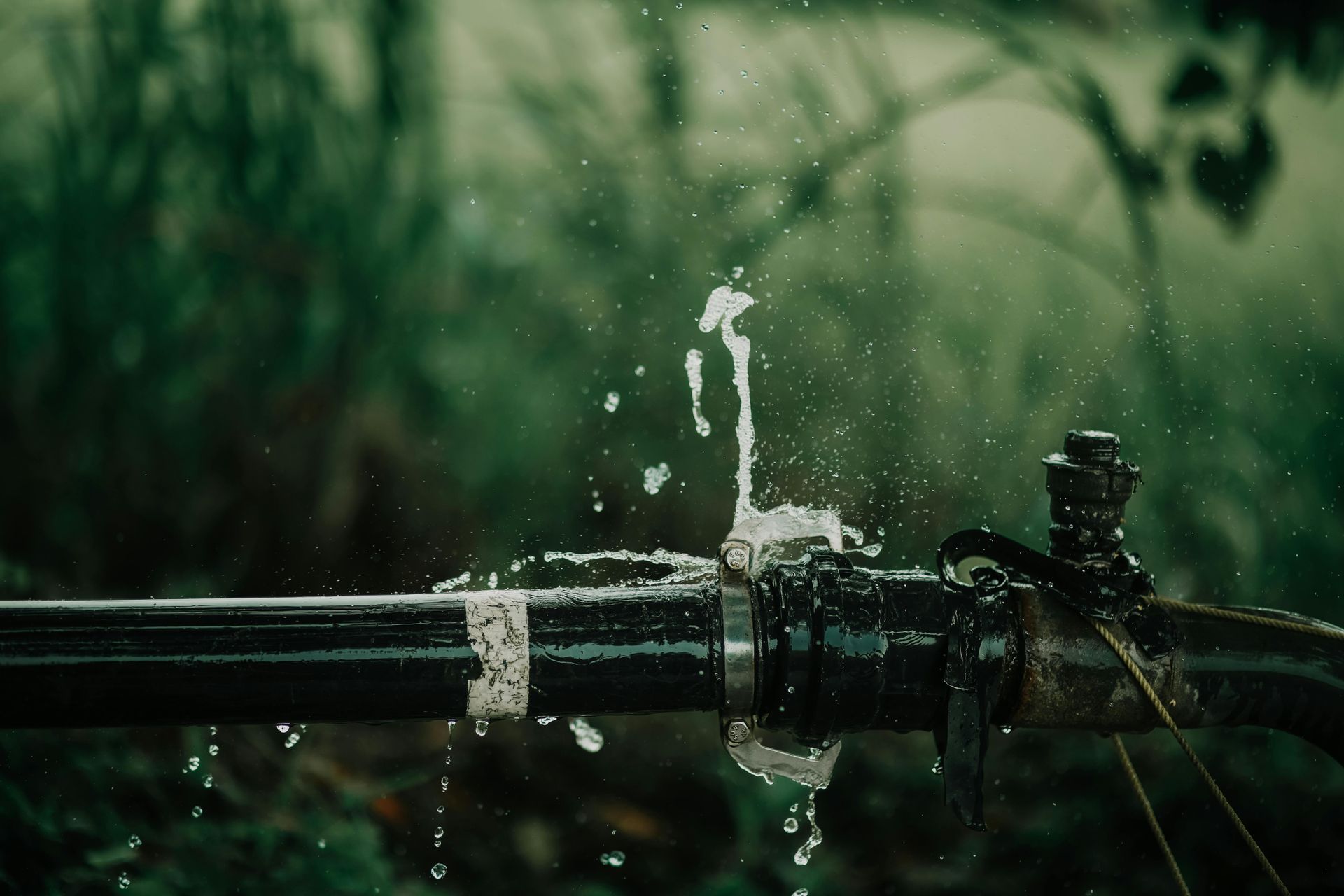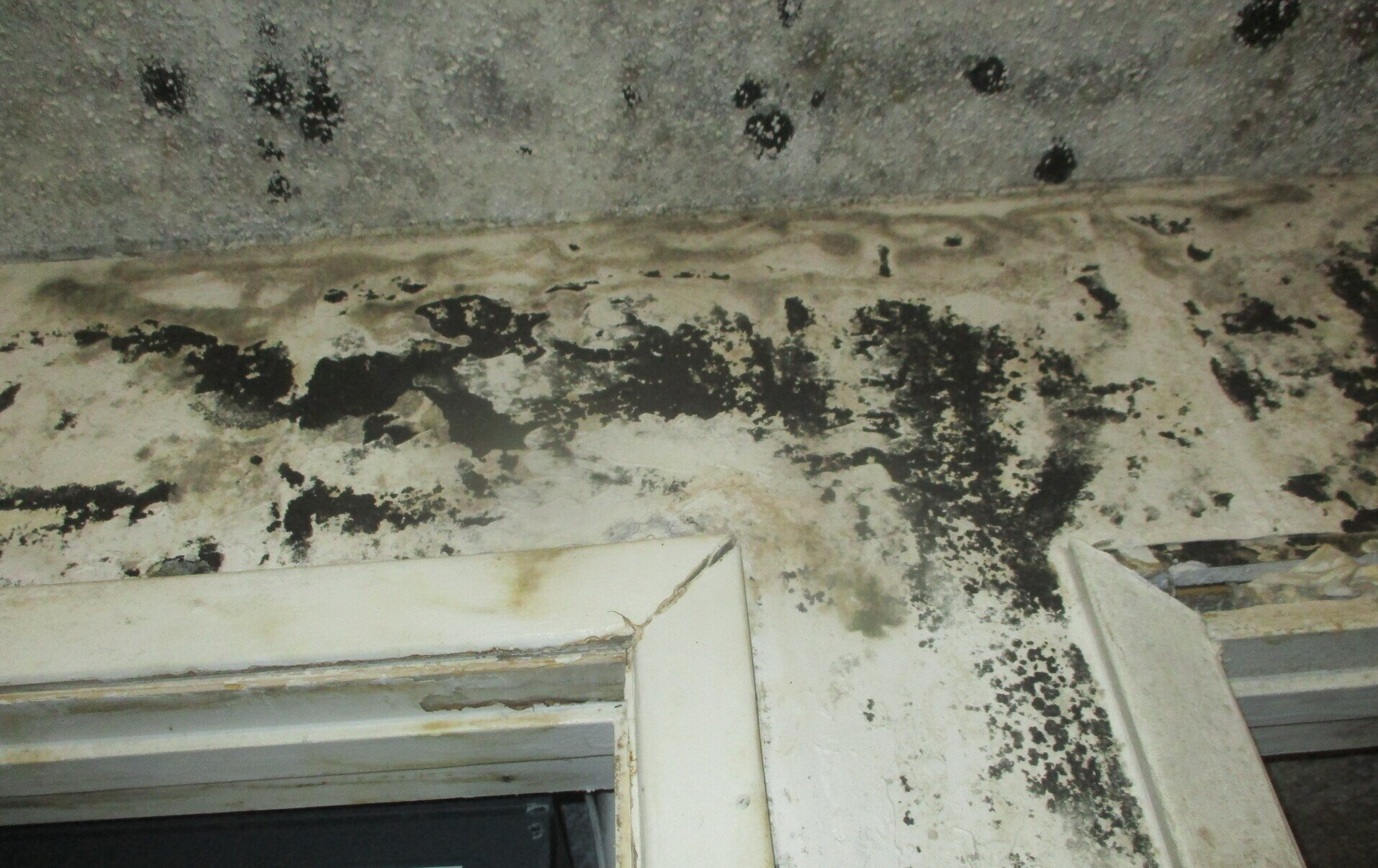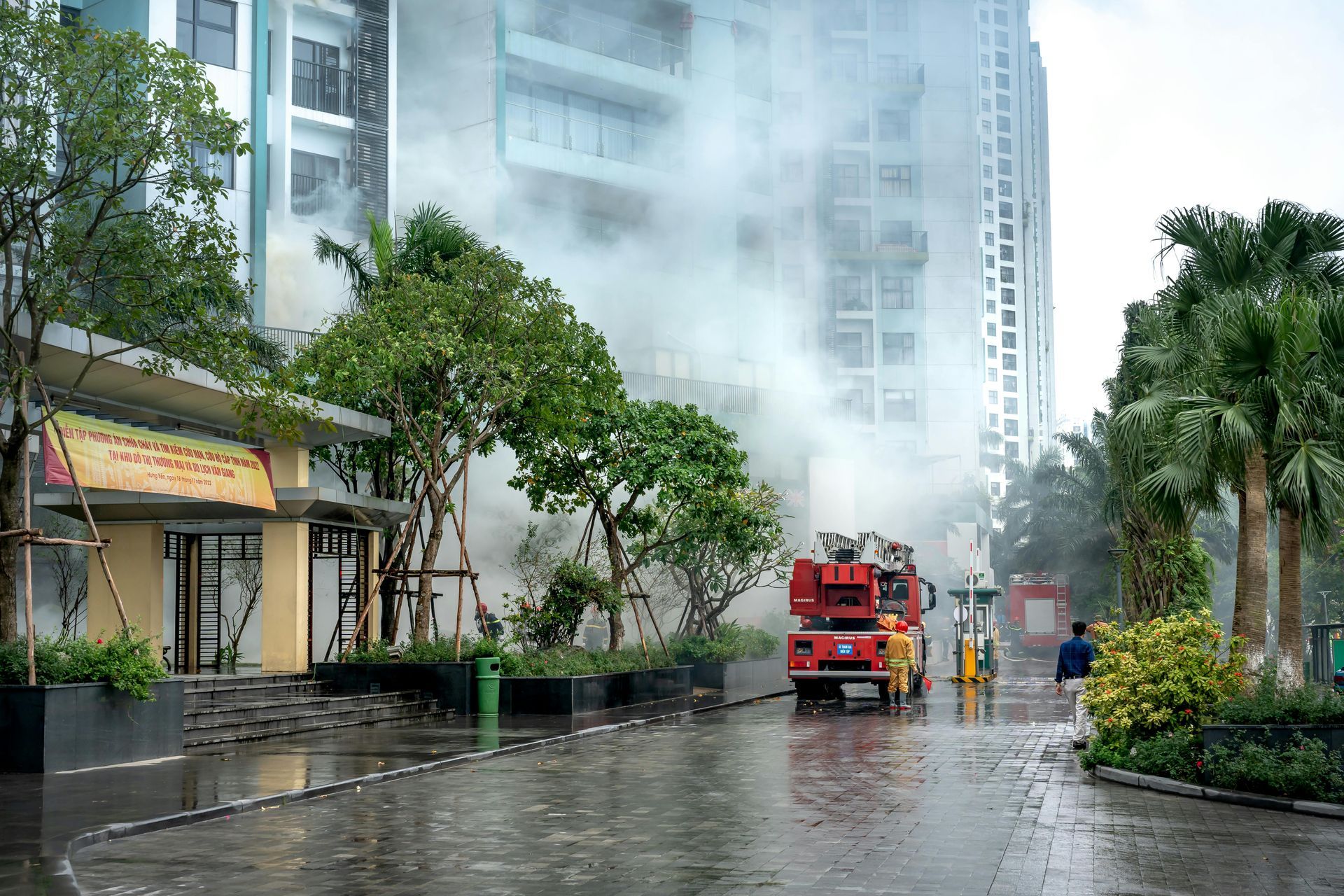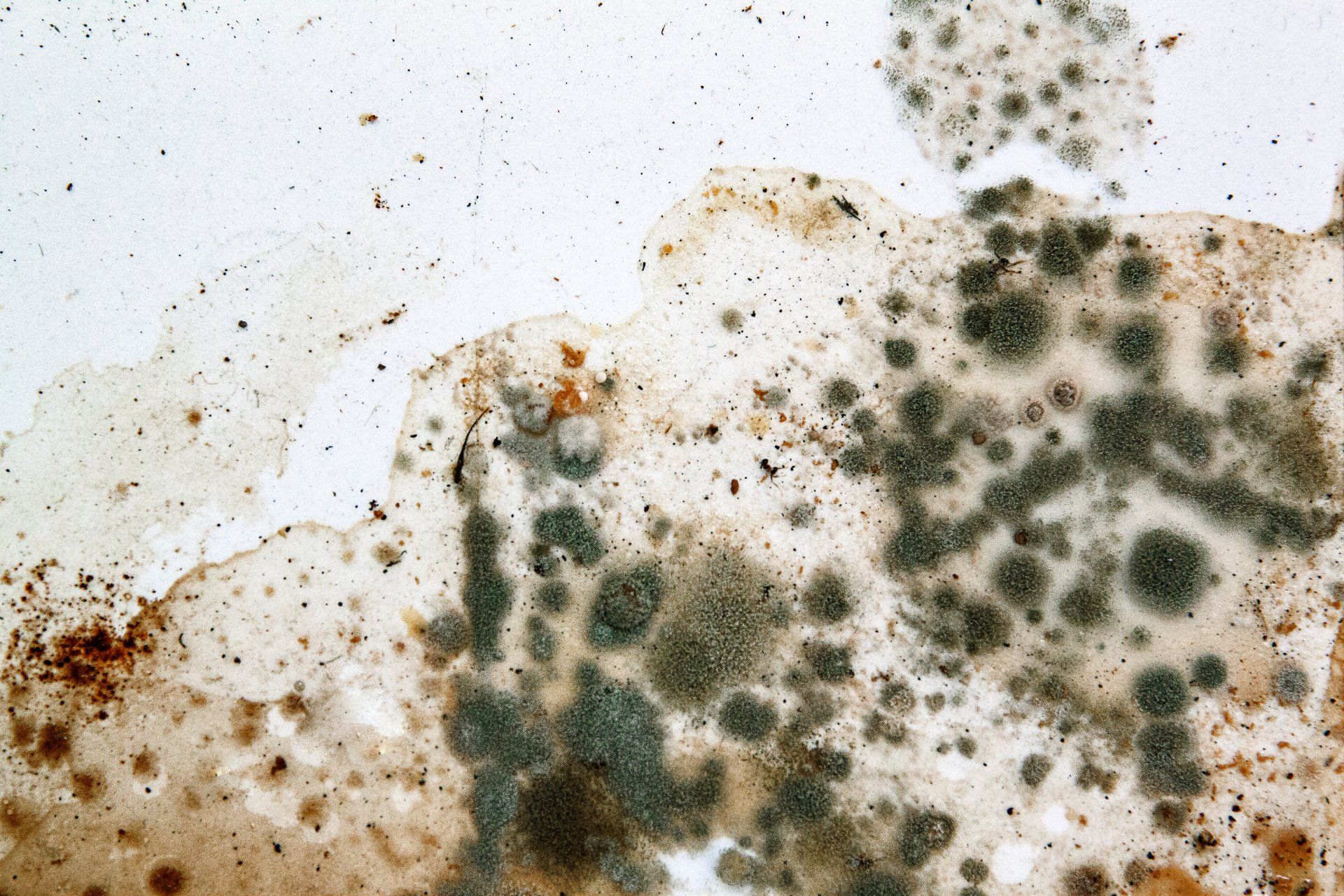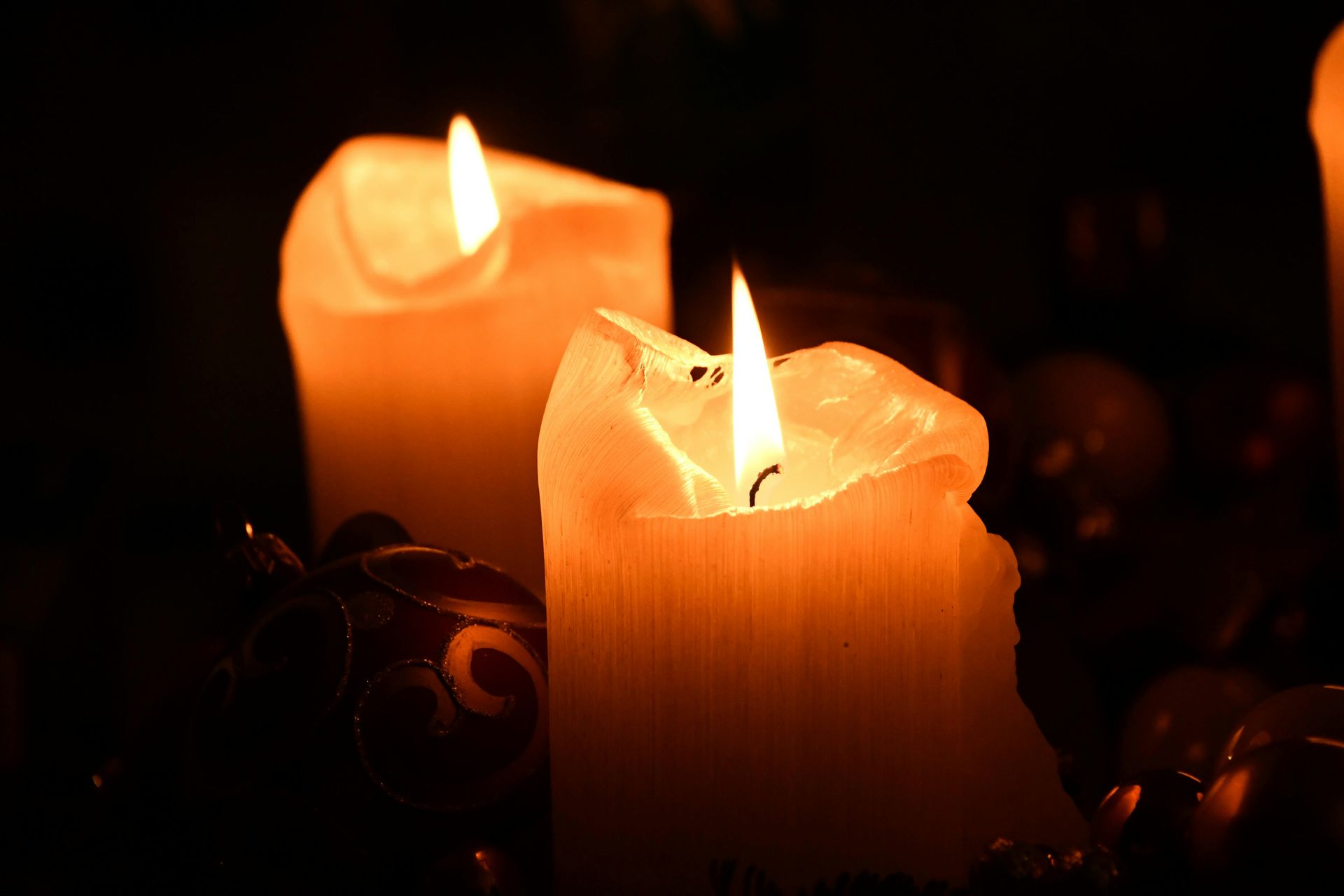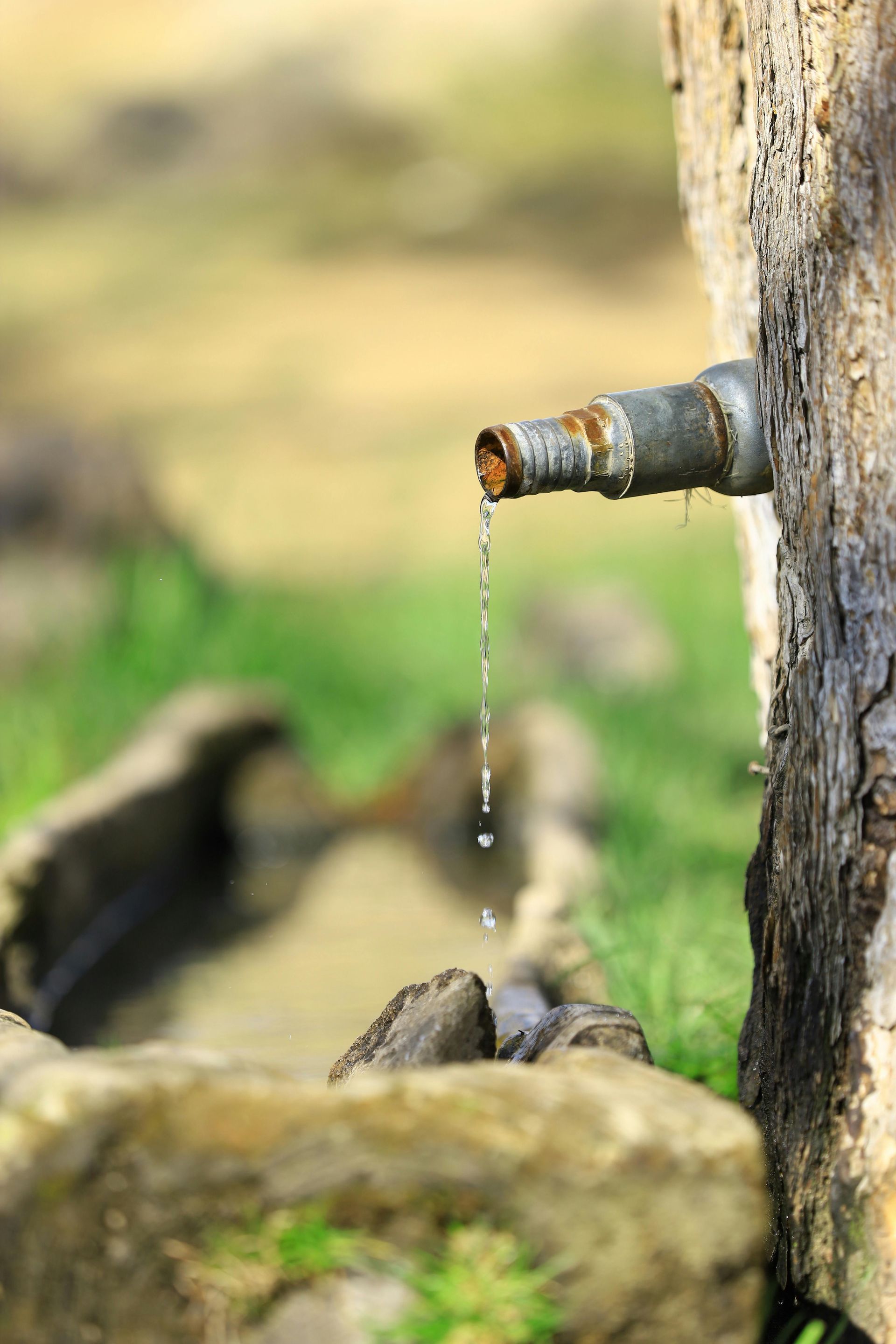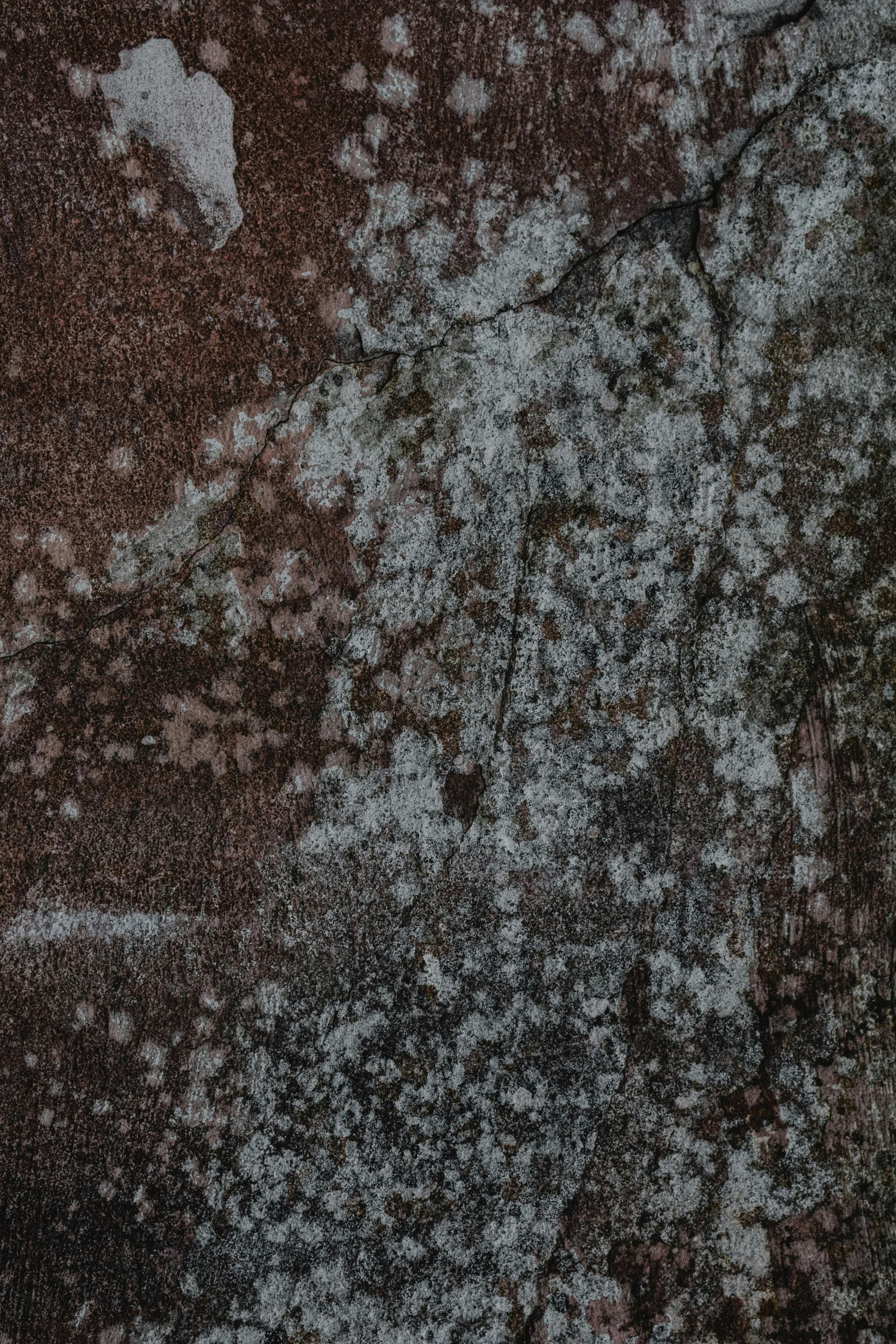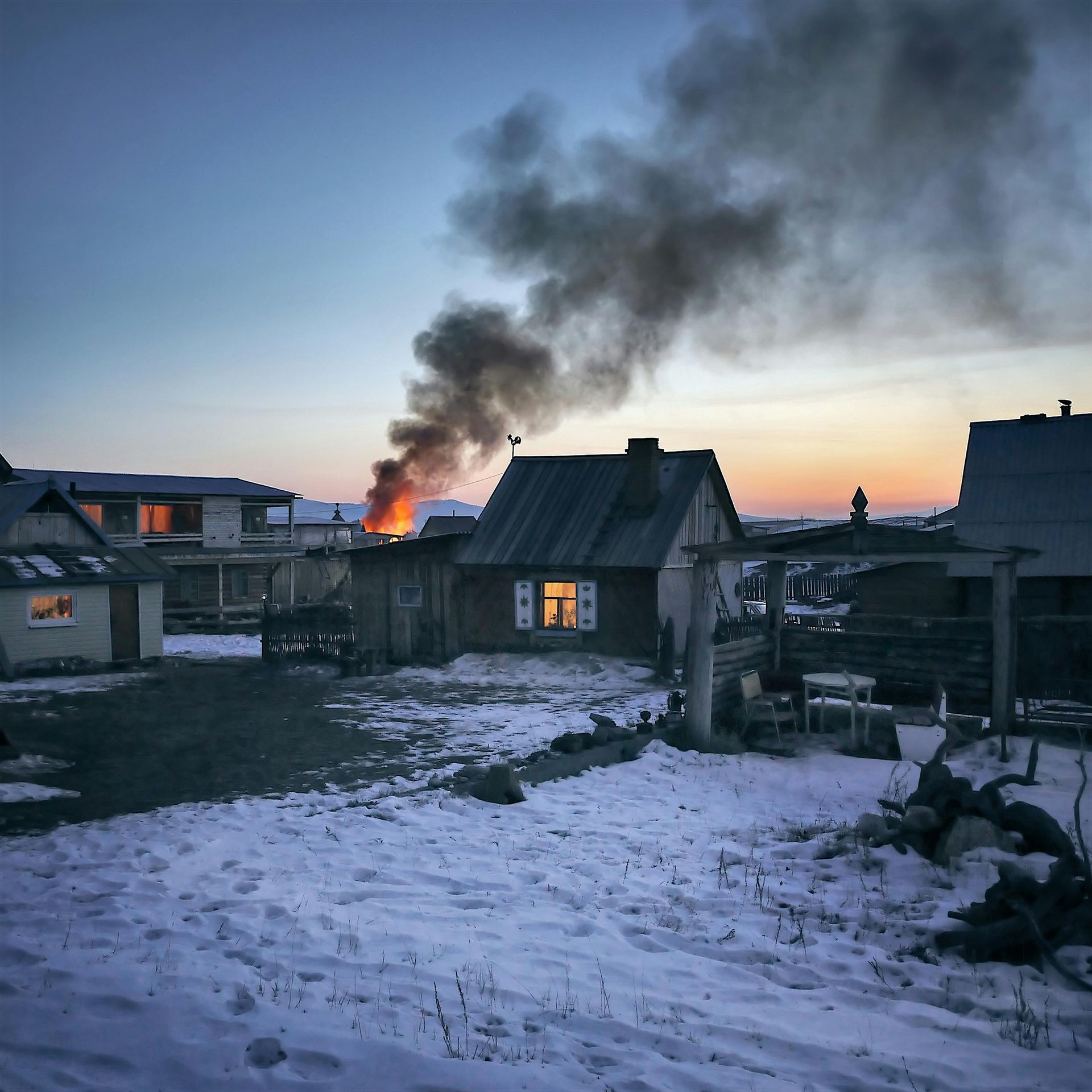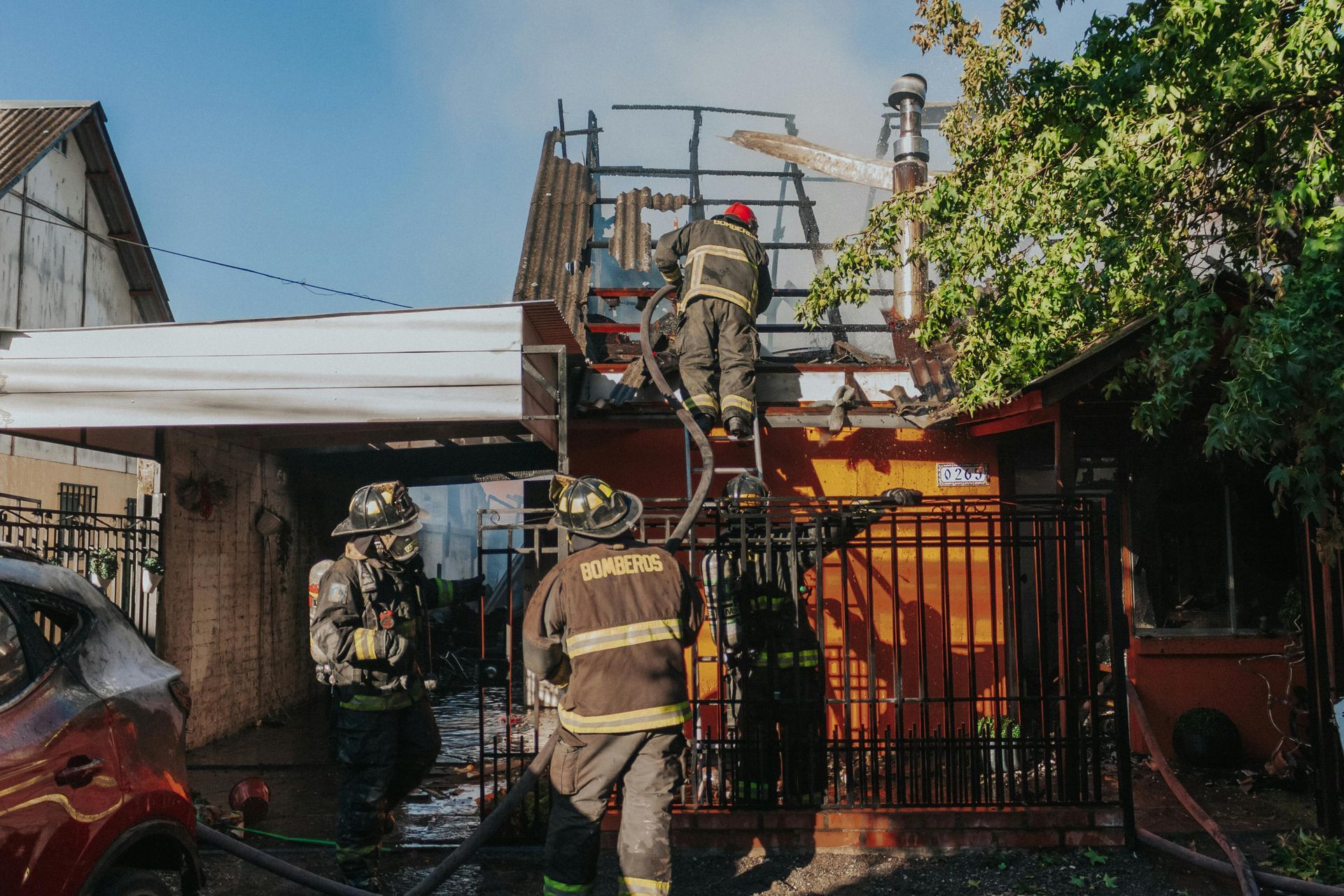The Signs You Need Professional Mold Remediation Services
Don't Ignore the Signs of Mold: When to Call in Professional Remediation Services
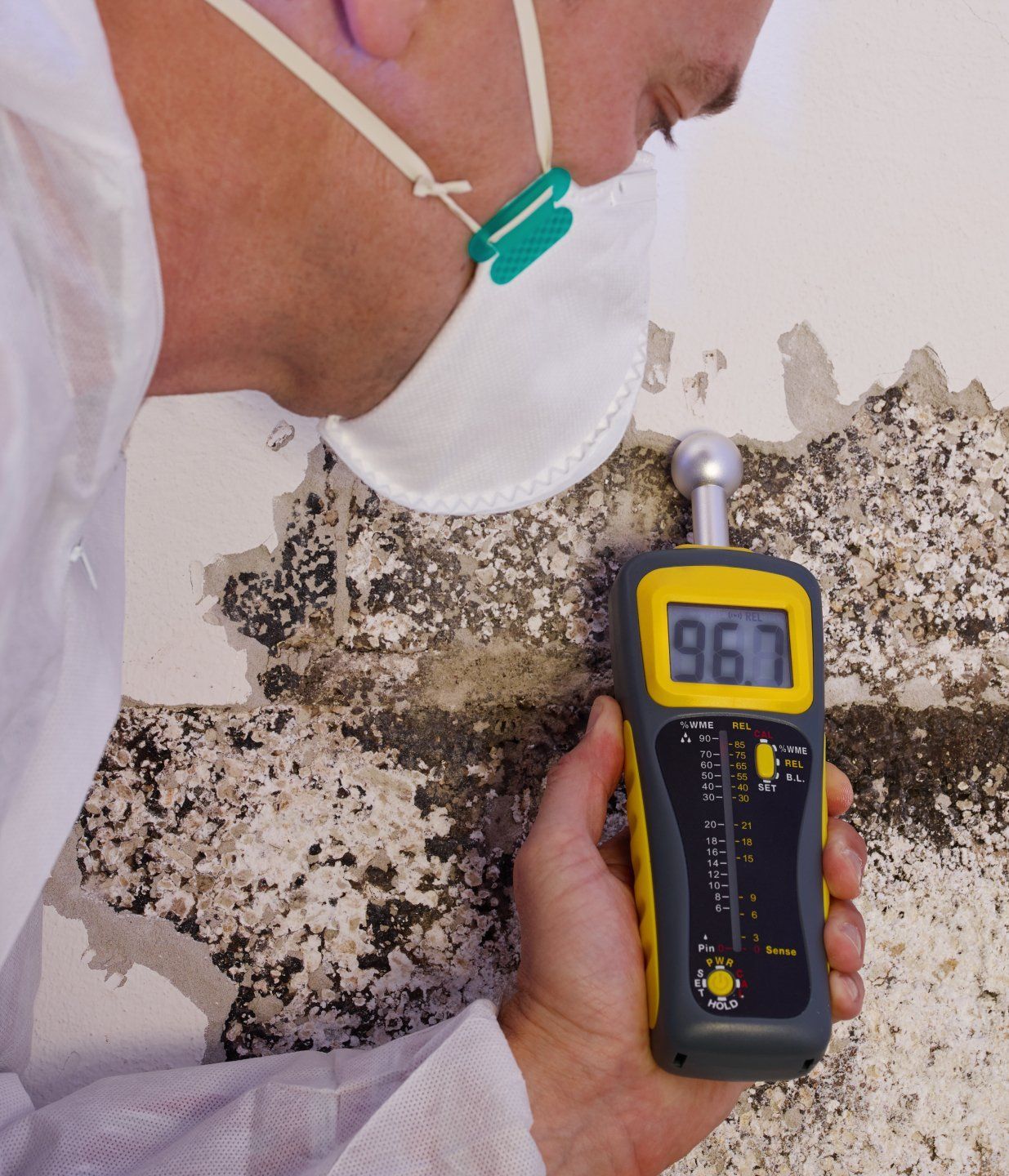
Mold can be a serious health hazard, posing risks to the health of those living in affected homes. It is important for homeowners to recognize the signs of mold growth so they can address it before it becomes a major problem. In this article, we will discuss the various warning signs that indicate you may need professional mold remediation services.
Visible Mold Growth
The most common types of visible mold growth in homes are black, green, and white. Black mold is usually found on wood surfaces such as walls or ceilings due to its dark color. Green mold tends to show up in moist areas like bathrooms, while white mold is often seen around window sills due to condensation buildup.
Signs of mold growth in the home include discoloration, stains, and fuzzy or slimy textures. Pink mold is also a common type of visible mold found in homes. It has a pinkish hue and can appear on walls, ceilings, floors, furniture, clothing, and other surfaces.
Mold growth in the home can be damaging to one's health if left untreated. Exposure to high levels of toxins from certain types of mold can cause respiratory problems such as coughing, wheezing, sneezing, watery eyes, skin irritation, and even infections. Thus it is important to recognize visible mold growth promptly and address it with professional mold remediation services.
Mold remediation teams are trained to identify the source of any moisture that may be causing mold growth and can provide effective solutions to remove it. They also have the necessary equipment and materials to contain and dispose of any moldy materials safely.
In addition, mold remediation teams can also help identify potential sources of moisture that may be causing mold growth in order to prevent future infestations. They may suggest installing ventilation systems or dehumidifiers to reduce humidity levels, as well as making sure all pipes and drains are properly sealed and maintained.
By taking proactive measures, one can maintain a healthy home environment and protect themselves from dangerous health risks associated with visible mold growth.
By understanding the different types of visible mold growth, recognizing its signs in one's home, and addressing it promptly with professional mold remediation services, homeowners can ensure their house remains free from harmful toxins and safe for their families.
Musty Odors
Musty odors can be a sign of hidden mold growth in your home. These odors are often described as a damp, earthy smell that is stronger in certain areas of the home. It's important to identify and address these musty odors quickly, as they can pose health risks to you and your family.
Mold growth can be caused by high humidity levels or water damage in your home due to flooding or plumbing issues. Common symptoms of mold include allergies, asthma attacks, respiratory irritation, coughing, sneezing, and other respiratory problems. If left untreated, more serious conditions, such as lung infections, may develop.
If you notice any musty odors around your home, it's important to investigate and identify the source. You may need to move furniture and other items in order to do a thorough inspection. If you find any visible signs of mold, it's essential to seek help from experienced professionals who can safely remove it with the proper equipment and techniques.
In addition to musty odors, be on the lookout for other telltale signs of mold, such as discoloration or staining on walls or ceilings or bubbling paint. Taking action right away is important because it will help prevent further health risks associated with mold exposure.
By recognizing musty odors in your home, you can take steps to protect yourself and your family from potential health risks related to hidden mold growth. Seeking professional assistance from mold remediation experts is the best way to ensure your home is safe and free of any hazardous spores.
Water Damage
Water damage can cause major problems in the home, and one of the potentially hazardous results of water damage is mold growth. Leaks, floods, and high humidity levels are common causes of water damage in homes that can lead to the perfect environment for mold growth. It is important to identify and address water damage quickly before it has time to cause mold growth.
Signs of water damage include wet stains on walls or ceilings, peeling paint, soft or warped surfaces, and shower curtains sticking to the wall. You should also be aware of any musty odors that could indicate a potential mold problem. Not only are these unpleasant smells an indication of a larger issue, but they can also present health risks such as allergic reactions and respiratory problems.
If you suspect there is water damage in your home that has led to the development of mold, it's important to contact professional mold remediation services as soon as possible. Remediation experts are trained in the most effective treatments for mold and can help reduce the chances of a recurring problem. They can also provide tips on how to prevent further water damage, such as utilizing dehumidifiers to keep moisture levels low.
Water damage can cause major safety and health risks, so it is important to identify and address the issue promptly. Utilizing professional mold remediation services is the best way to ensure your home is safe and free of dangerous mold.
Allergic Reactions
Allergic reactions can indeed be indicative of mold growth in one's home. Mold is a type of fungus that can thrive in damp and poorly ventilated environments. When mold spores are released into the air and inhaled, they can trigger allergic reactions in some individuals.
Recognizing allergic reactions to mold can involve several common signs and symptoms, including:
- Sneezing: Frequent or persistent sneezing, particularly when indoors or in specific areas of the home, can be a sign of mold-related allergies.
- Coughing: A persistent dry or productive cough can be triggered by mold spores irritating the respiratory system.
- Itchy or watery eyes: Redness, itchiness, and excessive tearing of the eyes are common allergic responses to mold exposure.
- Nasal congestion: Mold spores can irritate the nasal passages, leading to congestion and a stuffy or runny nose.
- Skin rashes: Some individuals may develop skin rashes or hives upon exposure to mold, especially if they have sensitive skin.
- Wheezing and shortness of breath: Mold allergies can also cause wheezing, chest tightness, and difficulty breathing in some individuals, particularly those with pre-existing respiratory conditions like asthma.
It is important to note that these symptoms can vary in severity depending on the individual's sensitivity to mold and the extent of mold growth in the home. Additionally, symptoms may be more pronounced when spending time in specific areas of the house, such as damp basements, bathrooms, or areas with water leaks.
Addressing mold-related allergic reactions promptly with professional mold remediation services is crucial for several reasons:
- Health protection: Mold allergies can have a significant impact on a person's quality of life and overall well-being. By addressing mold growth and removing it from your home, you reduce the risk of ongoing exposure to mold allergens, minimizing allergic reactions and associated health issues.
- Prevention of further mold growth: Professional mold remediation services not only remove existing mold but also identify the underlying causes, such as water leaks or excessive moisture, and address them. This prevents future mold growth and helps maintain a healthier indoor environment.
- Expertise and safety: Professional mold remediation services have the knowledge, experience, and equipment necessary to safely and effectively handle mold removal. They follow proper protocols to contain the mold, minimize the spread of spores, and ensure a thorough cleanup, reducing the risk of cross-contamination and potential health hazards.
- Comprehensive solutions: Mold remediation professionals can conduct a thorough assessment of your home to identify all areas affected by mold growth, even those that may be hidden or not easily visible. They provide comprehensive solutions to address the mold problem holistically, minimizing the chances of mold recurrence.
Discoloration and Stains
Discoloration and stains, particularly in specific patterns or colors, can indeed be signs of mold growth in one's home. Mold colonies often appear as patches or streaks of discoloration on various surfaces. Recognizing these signs can help identify potential mold-infested areas. Here are some key points to consider:
- Green or black stains: Mold commonly presents itself as green or black stains on surfaces such as walls, ceilings, or even fabrics. These stains may vary in intensity, ranging from light discoloration to darker, more noticeable patches.
- Dark spots and streaks: Mold growth can manifest as dark spots or streaks on walls, especially in areas that are prone to moisture or humidity. These spots can gradually spread and become more prominent over time.
- Patchy discoloration: Mold-infested areas often exhibit patchy discoloration, appearing as irregularly shaped patches or clusters. The patches may have blurred edges and can extend beyond the visible mold growth itself.
- Damp or humid areas: Mold thrives in damp or humid environments, so pay attention to areas of your home that are prone to moisture, such as bathrooms, basements, kitchens, or areas with plumbing leaks. These are common hotspots for mold growth and are more likely to exhibit visible discoloration.
When inspecting for mold-related discoloration and stains, it is important to note that molds can have different colors and appearances, so not all mold growth may present as green or black stains. Mold can also appear as white, brown, yellow, or even orange stains, depending on the type of mold and the surface it is growing.
If you notice discoloration, stains, or suspect mold growth in your home, it is advisable to take the following steps:
- Visual inspection: Carefully examine walls, ceilings, and other surfaces for any visible signs of discoloration or stains. Pay close attention to areas with known moisture issues or water damage.
- Check hidden areas: Mold can grow behind walls, wallpaper, or under carpets, so it's essential to inspect less visible or concealed areas as well. Look for signs of peeling paint, wallpaper, or bubbling surfaces, as these may indicate underlying mold growth.
- Moisture source identification: Determine the source of moisture or humidity that may be contributing to mold growth. This could be a leaky pipe, roof, or insufficient ventilation. Addressing the underlying moisture issue is crucial to prevent further mold growth.
- Professional mold inspection: If you suspect extensive mold growth or are unable to identify the source of the discoloration, consider seeking professional help. Mold inspection experts can conduct a thorough assessment using specialized tools and techniques to identify and quantify mold growth accurately.
Discoloration and stains in a home can indicate the presence of mold, which can pose significant health risks. Mold releases spores and can produce allergens, irritants, and mycotoxins that can adversely affect human health. Promptly addressing these issues with professional mold remediation services is crucial to mitigate the following health risks:
- Respiratory problems: Mold spores and particles can trigger or exacerbate respiratory conditions such as asthma, allergies, bronchitis, and sinusitis. Individuals may experience coughing, wheezing, shortness of breath, and respiratory infections.
- Allergic reactions: Mold allergens can cause allergic rhinitis, characterized by symptoms like sneezing, runny or stuffy nose, itching, and watery eyes. Some individuals may also develop skin rashes or hives upon exposure to mold.
- Eye and skin irritation: Contact with mold or its spores can irritate the eyes, leading to redness, itching, and conjunctivitis. Skin can also become irritated, resulting in rashes, itching, or dermatitis.
Book Mold Remediation Services Today!
If you notice discoloration and stains in your home, particularly green or black patches, it could be a sign of mold growth. Mold colonies often appear as patches or streaks on surfaces, and they thrive in damp or humid environments. Promptly addressing mold-related issues is crucial, as they can pose significant health risks.
Mold releases spores and can produce allergens, irritants, and mycotoxins that can lead to respiratory problems, allergic reactions, and eye and skin irritation. It's important to take action to protect your health and well-being.
At Sunshine Restoration, we offer professional mold remediation services to help you address mold growth effectively and safely. Our experts will conduct a thorough inspection, identify the source of moisture or humidity, and provide comprehensive solutions for mold removal and prevention.
Don't ignore the signs of mold. Contact Sunshine Restoration today to schedule a professional mold inspection and ensure a healthier living environment for you and your family. Call us today to learn more about our mold remediation services.


